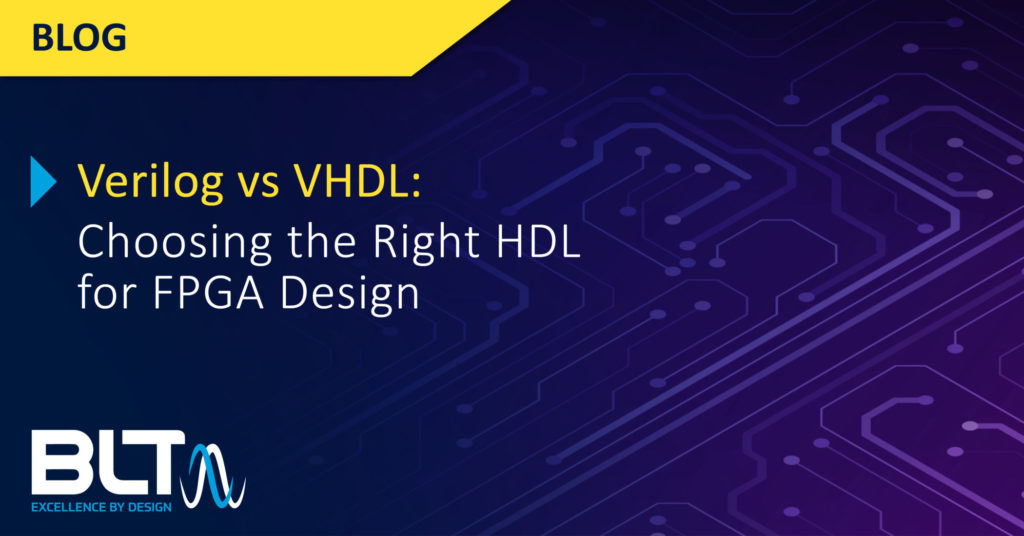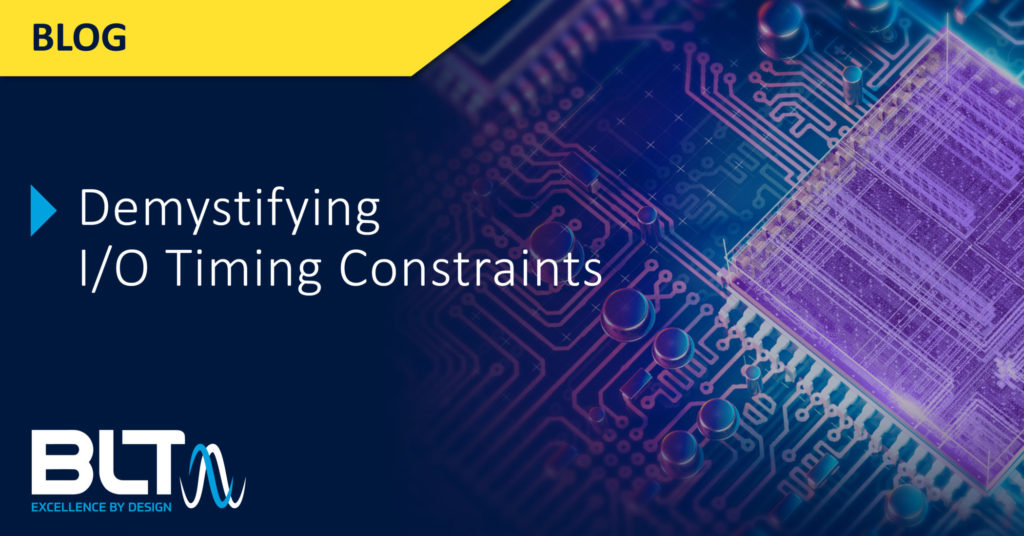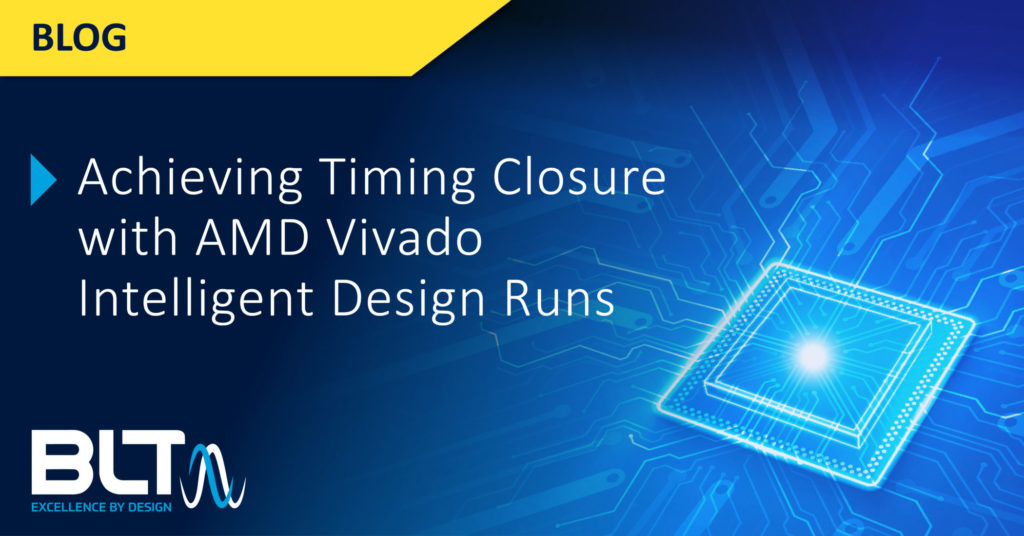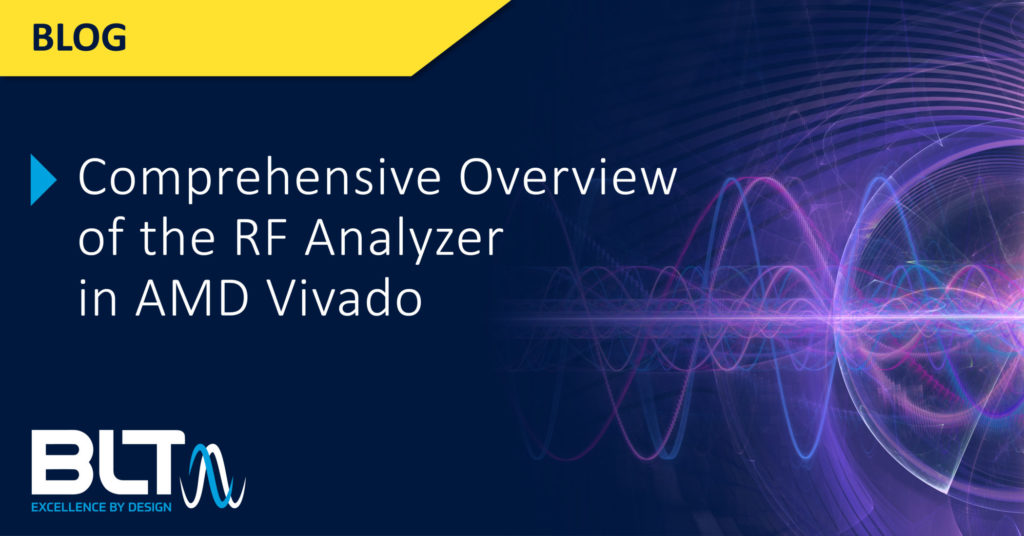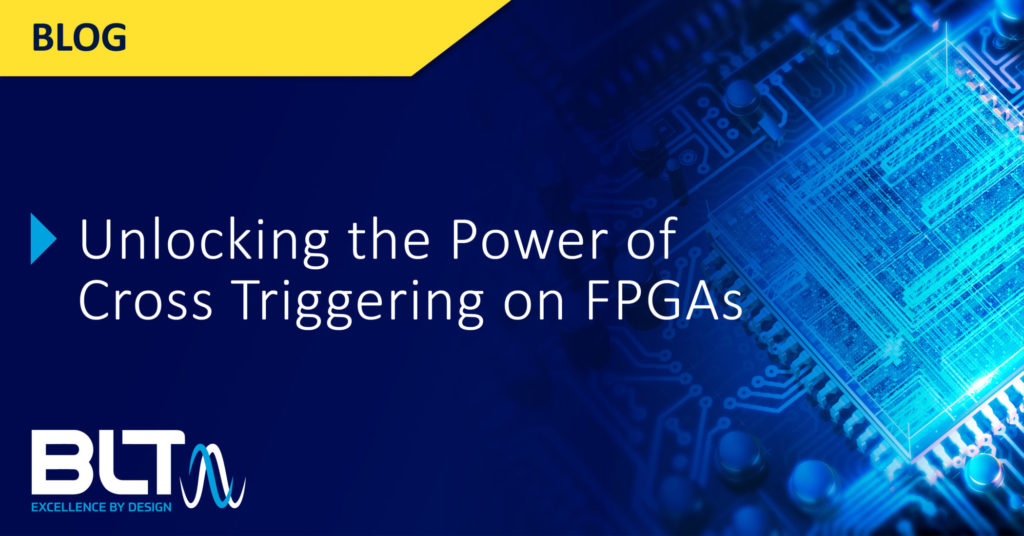
BLT Attends Microchip FPGA Tech Day: Diving Deep into FPGA Innovations
Staying at the forefront of embedded systems and FPGA design requires more than just experience. It demands continuous learning and real-time engagement with the latest technologies. That’s why, at BLT, we make it a point to attend key industry events that give us access to the tools, techniques, and innovations shaping tomorrow’s solutions. This week, … Continued
